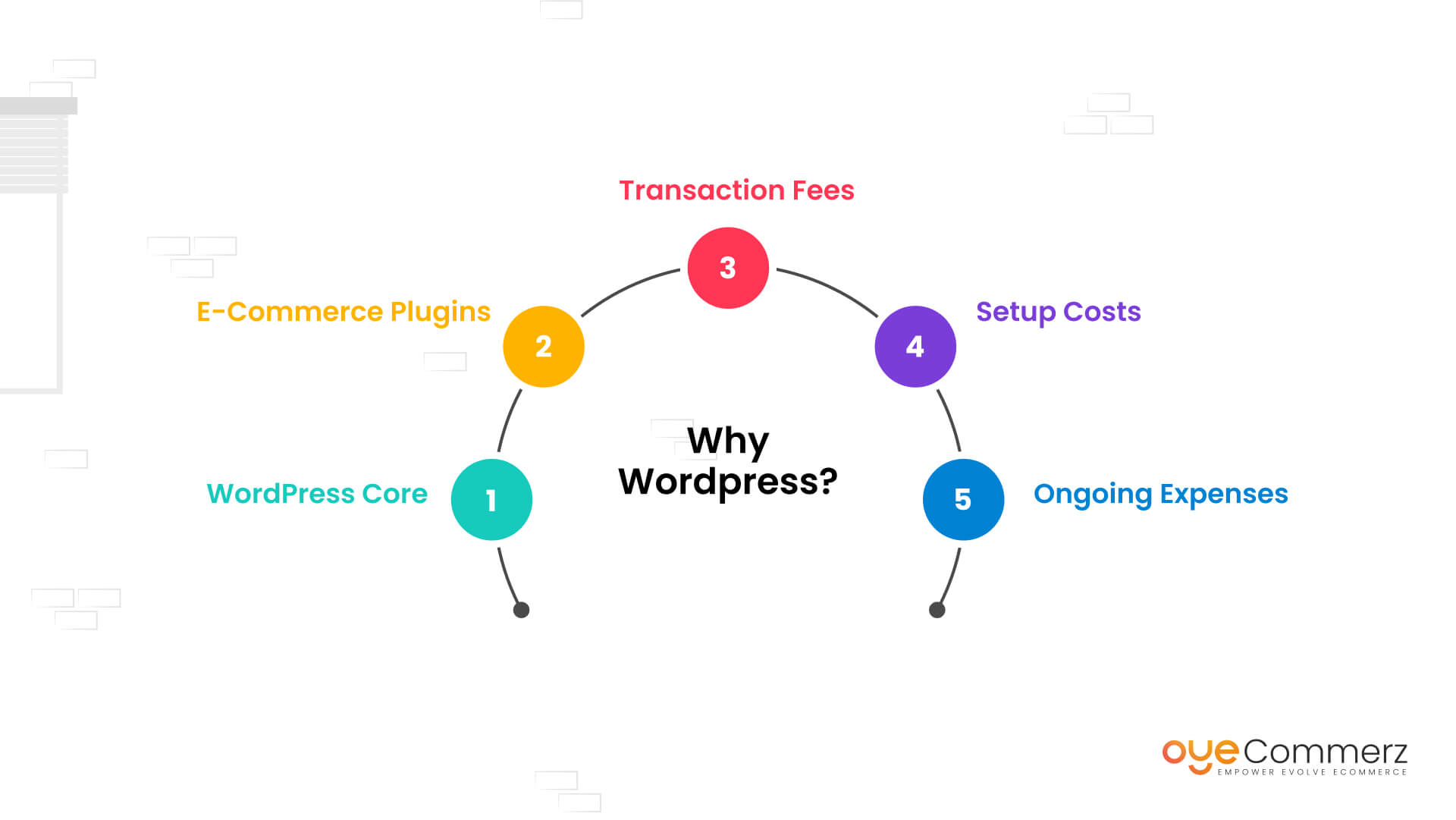Transitioning from WordPress to Shopify marks an exciting step in optimizing your online store processes. As businesses expand, selecting a platform that aligns with growth potential, user experience, and customization is essential. Shopify has emerged as a preferred choice for online merchants, providing unmatched adaptability, security, and user-friendliness. In this guide, we will delve into why this migration is a game-changer, highlight the benefits, and share actionable steps to facilitate a seamless transition.
1. Top Reasons to Transition from WP to Shopify
WordPress, paired with WooCommerce, continues to support countless online stores. Nevertheless, as businesses scale, challenges like plugin dependency, data risks, and technical complexities often obstruct progress. Shopify, specifically created for digital retail, addresses these concerns with an comprehensive, intuitive platform. Statistics supports this shift—Shopify hosts over 4.4 million stores worldwide, with a documented 10% boost to sales performance for numerous merchants after migration.
2. Key Benefits of Shopify for E-commerce Success
Shopify’s powerful platform caters for scaling businesses. Its notable features include:
- Seamless Customization: Shopify provides over 80 expertly crafted themes.
- Integrated Tools: Capabilities such as Shopify Payments and integrated SEO save time and effort.
- International Expansion: Multi-currency support and localization features enable brands to reach global markets.
Additionally, Shopify delivers an availability percentage of 99.98%, ensuring your store is always operational.
3. Preparing for WordPress to Shopify Migration
Before migrating, assess your current store. Analyze inventory details, customer details, and SEO performance. Resources such as Shopify’s Migration Kit or external tools help ease the transition. Develop a comprehensive plan, making sure all assets—product descriptions, media files, and blog content—are optimized for transfer.
4. The Importance of Accurate Data Migration
Data migration forms the foundation for a successful transition. When migrating from WP to Shopify, focus on:
- Product Information: SKU, item summaries, and categories.
- Client Information: Emails, order history, and custom fields.
- SEO Optimization: Retain meta tags, URLs, and redirects to avoid SEO losses.
Leverage tools Migrating online stores to Shopify such as LitExtension to streamline data transfer while reducing mistakes.
5. Customizing Your Shopify Store
After the move, customizing your Shopify store helps it reflects your brand. Take advantage of Shopify’s intuitive page builder to design pages effortlessly. Shopify's templates are mobile-responsive, ensuring a seamless UX across devices—a critical factor, since 74% of e-commerce traffic comes from mobile users.
6. Maintaining SEO During Migration
Search engine optimization is crucial for maintaining your visibility during migration. Shopify excels in SEO with clean URL structures, preloaded features, and seamless blog integration. Ensure:
- Implement 301 redirects for existing links.
- Optimize new pages with targeted phrases.
- Use Shopify's apps Plug in SEO to track analytics after the switch.
7. Post-Migration Testing
Once the migration is complete, run detailed checks.
Check: - Website speed (Shopify delivers faster speeds compared to WordPress).
- Functionality of payment gateways and checkout processes.
- Mobile responsiveness.
Testing guarantees your store delivers a seamless shopping journey from the start.
8. Case Study of a Successful Migration
One such migration success story is Gymshark, a sportswear company that transitioned to Shopify. After the switch, the company saw a 60% increase in mobile sales and reduced site downtime. This showcases the potential of Shopify in driving e-commerce growth.
9. Overcoming Common Migration Issues
Migration is not without obstacles, such as information accuracy and reconfiguring custom functionalities. However, Shopify’s robust support and external professionals simplify the process. Partnering with experienced Shopify developers helps guarantee a smooth transition.
10. Making the Switch: The First Step Toward Success
Migrating from WordPress to Shopify marks a strategic approach to online retail. By focusing on growth, simplifying management, Custom Shopify development and enhancing the customer experience, Shopify enables companies to succeed in competitive markets.
Final Thoughts
Transitioning from WordPress to Shopify offers a smart solution that can greatly enhance your e-commerce success. With a well-structured strategy, the appropriate resources, and expert support, you can achieve new growth opportunities.
Ready to make the leap? Let’s discuss how our Shopify migration services can revolutionize your online store. Get in touch today, or consider: Is it time to seize Shopify’s advantages for your store?
